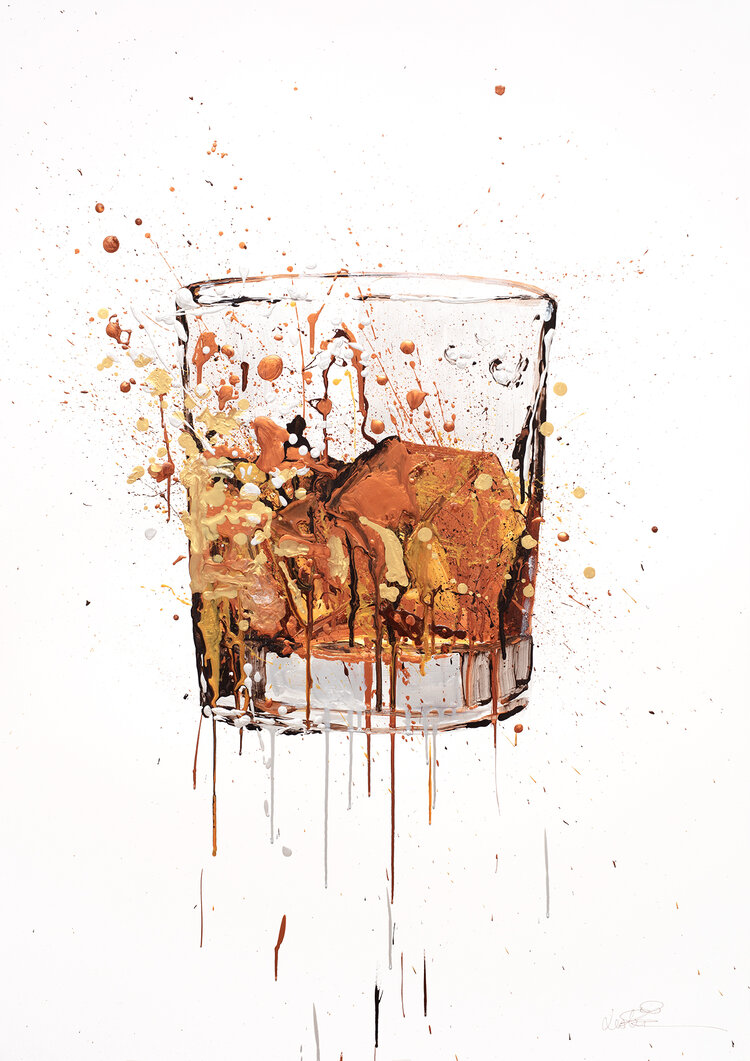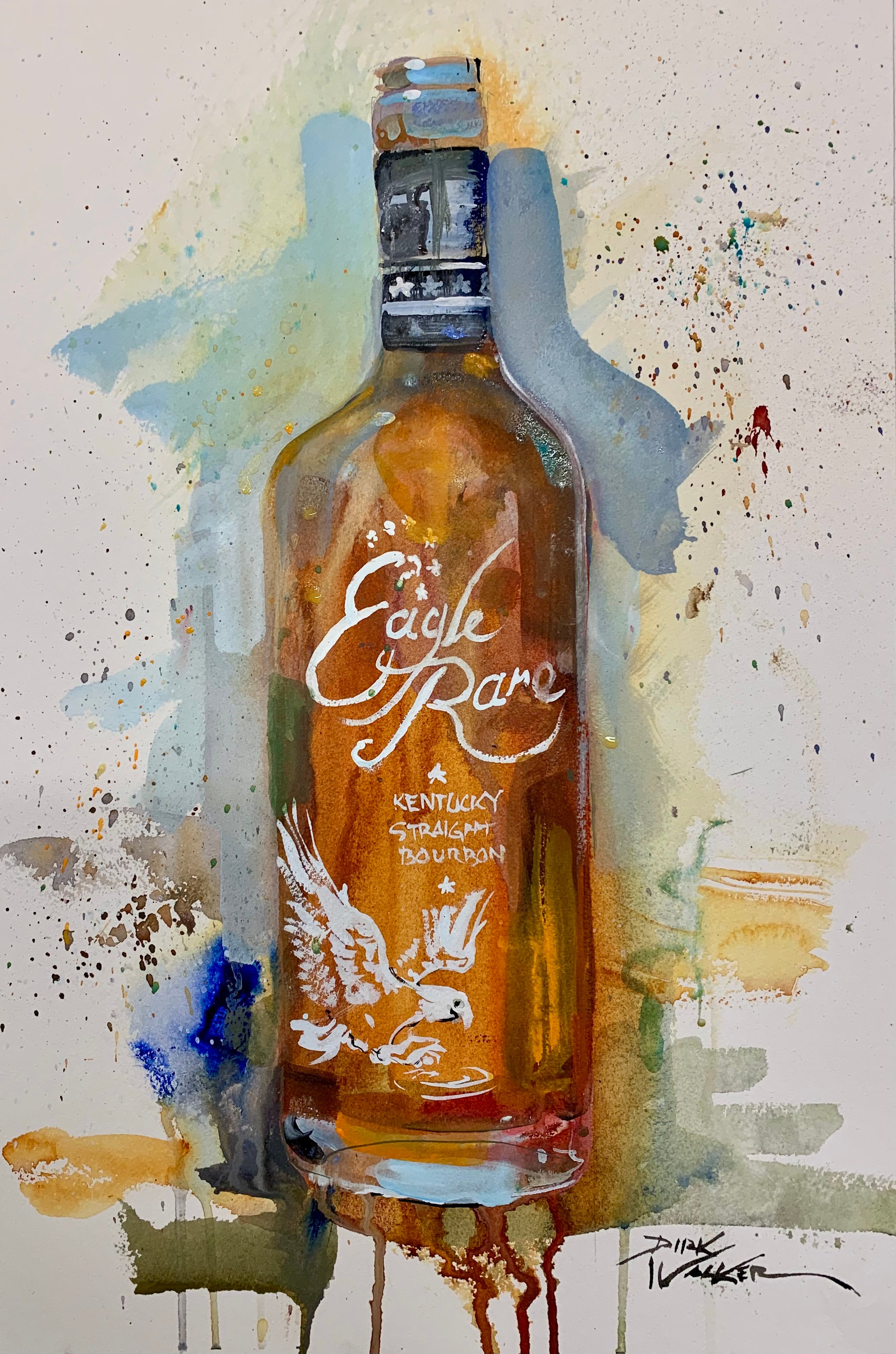Transform Your Space with Magnificent Whiskey Art Inspired by Nature
Transform Your Space with Magnificent Whiskey Art Inspired by Nature
Blog Article
The Significance of Whiskey Art in Celebrating Heritage and Workmanship in the Beverage Industry
The complex partnership between scotch art and the party of heritage and craftsmanship within the beverage sector can not be overemphasized. Via attentively developed bottles and tags, bourbon brands encapsulate their historical roots and the artisanal skills that define their manufacturing techniques.
The Historic Origins of Whiskey
At the heart of bourbon's attraction exists a rich tapestry of historical roots that map back to old civilizations. The origins of whiskey can be connected to the purification methods of the Sumerians and Babylonians around 2000 BCE, where early types of fermented grain drinks started to arise. It was in the Middle Ages that the art of purification progressed substantially, especially in Ireland and Scotland, leading to the development of scotch as we understand it today.
The term "scotch" itself derives from the Gaelic word "uisce beatha," indicating "water of life." This expression underscores the social importance of bourbon in Celtic cultures, where it was often related to routines, celebrations, and common bonding. By the 15th century, purification came to be an identified craft within monastic neighborhoods, leading the way for the establishment of lawful distilleries.
As profession paths expanded, whiskey's appeal grew, transcending local limits and capturing the interest of lovers worldwide. Realism Art. This historical trip reflects not just the craftsmanship behind scotch manufacturing yet likewise its essential duty in social and social contexts, marking it as a significant drink throughout background
Artistic Expression in Branding
Whiskey branding stands as an engaging junction of creativity and business, where visual identity plays an essential role in forming customer perception. The appearances of bourbon labels, packaging, and marketing products show not just the brand name's story yet additionally its core values and heritage. Through imaginative expression, distilleries communicate a narrative that resonates with consumers, evoking emotions and sparking connections.
Using shade, typography, and imagery in branding serves to distinguish items in a saturated market. As an example, conventional motifs may stimulate a sense of authenticity and workmanship, while modern-day layouts can symbolize technology and forward-thinking. This calculated artistic direction improves brand name recognition and loyalty, allowing customers to build an individual relationship with the scotch they select.
Furthermore, creative expression in branding commonly offers as an event of local heritage. Distilleries regularly incorporate neighborhood signs or historic referrals into their designs, producing a feeling of place that invites consumers to take part in a wider cultural experience. Inevitably, the artistry behind whiskey branding not just improves visual appeal yet additionally enhances the general story of the brand name, cultivating a much deeper admiration for the craftsmanship and heritage ingrained in each container.
Craftsmanship in Bottle Style
The virtuosity evident in whiskey branding extends past aesthetic identity to include the craftsmanship associated with bottle design. Each bottle acts as a vessel not simply for the spirit within, but also for the tale it outlines its quality, tradition, and beginning. The layout procedure calls for careful interest to information, as aspects such as closure, product, and shape contribute considerably to the general understanding of the bourbon.
Craftsmanship in bottle design includes selecting top notch glass that can enhance the scotch's color and quality, while likewise supplying a tactile experience for the consumer. The shape of the container need to be both useful and visually appealing, typically mirroring the heritage of the brand name. Lots of distilleries opt for unique forms or printed logos that evoke a sense of authenticity and history.
Moreover, the label design and typography play a critical duty in interacting the brand's story. Limited Edition. A well-crafted bottle not just astounds the customer's eye yet also enhances the brand's dedication to quality and practice. In this way, the craftsmanship find more information of container design becomes a crucial aspect of the bourbon experience, combining artistry with a profound regard for heritage
Social Importance of Whiskey Art
Celebrating tradition and workmanship, the cultural significance of bourbon art transcends mere aesthetics, linking with the social and historical narratives of the regions where it stems. Each container functions as a canvas, depicting the special tales, folklore, and traditions that have formed regional whiskey-making methods. The elaborate layouts commonly mirror the heritage of the distillers, integrating icons and motifs that resonate with the society and worths of their areas.

Furthermore, bourbon art plays a crucial duty in communal events and events, functioning as a substantial web link between individuals and their shared experiences. By valuing the virtuosity in scotch product packaging, customers cultivate a deeper understanding and regard for the craft, ultimately enriching their satisfaction of the drink itself.
Modern Trends in Bourbon Presentation
In recent why not check here times, the presentation of whiskey has actually advanced to reflect contemporary tastes and trends while still honoring traditional workmanship - Whiskey Art. Distilleries are increasingly concentrating on visual elements that boost the total alcohol consumption experience, connecting the space in between heritage and modernity
Innovative bottle layouts have arised, often incorporating sustainable products and artistic tags that tell engaging tales. Numerous brands now team up with local musicians, infusing their products with distinct aesthetic expressions that resonate with customers. Furthermore, limited-edition releases are frequently packaged in collectible Whiskey Art containers, including worth and allure for connoisseurs.

Verdict
In verdict, scotch art serves as an important channel for revealing the heritage and workmanship fundamental in the drink industry. Via intricate branding, ingenious bottle layouts, and culturally significant artistic aspects, whiskey brand names efficiently recognize their traditions and attach with consumers.


Workmanship in container design entails selecting premium glass that can improve the scotch's shade and clearness, while likewise supplying a responsive experience for the customer. In this method, the craftsmanship of bottle style becomes an essential facet of the scotch experience, merging artistry with a profound respect for heritage.
In conclusion, bourbon art serves as an essential channel for revealing the heritage and craftsmanship integral in the beverage sector.
Report this page